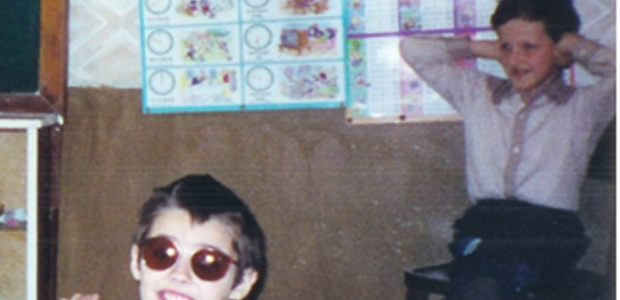Let us look at hypersensitivity
I have no statistics based on research but I strongly believe that more than 95-97% of the population can be regarded as dysfunctional in their sensory perception. Often all sensory modalities are involved. However, as the majority is affected, this can be considered ‘normal dysfunction’ – restricted detection of sensory stimuli.
What can be detected by some autistic people would not necessarily be noticed by the majority (with ‘normal sensory dysfunction’). Some autistic individuals’ senses are very acute and they can see, hear, feel, etc. stimuli to which ‘normal’ people are blind, deaf and numb. Unfortunately, this ability to hypersense can be (and often is) disabling in some environments. For example, some autistic children cannot concentrate in the classroom because they can hear talking in three other rooms, many autistic individuals can see a 60-cycle flicker of fluorescent lighting that results in seeing a room pulsate on and off; others may have a strong aversion to certain colours or certain patterns that actually hurt their eyes and so on.
On the other hand, however, autistic individuals with their heightened senses can often appreciate colours, sounds, textures, smell, etc. to a higher degree than people around them. In this sense, autistic perception can be seen as superior to that of so-called normal people. (Unfortunately, we cannot appreciate their ‘superability’ because we are unable even to imagine that it is possible.)
Sometimes people with autism, when they have given up fighting in an incomprehensible world, rescue themselves from overload by escaping to an entertaining, secure and hypnotic level of hypersensation: watching the reflection of every element of light and colour, tracing every patterned shape and vibration of noise as it bounces off the walls. Donna Williams names it as the beautiful side of autism, sanctuary of the prison (Williams 1999). A typical picture of an individual with autism is when he is sitting staring transfixed at the object, turning it around and around in front of his eyes as if merging with it.
Fascination with sensory stimuli is quite common in autism. Autistic individuals can be fascinated with different sensory stimuli, such as the smell of wet pebbles, the feel of silk or velvet, the look of perfect alignments, linear lines, or colours. The sources of fascinations are very individual. For example, to some such visual elements as symmetry, straightness, squares and triangles are appealing; others find certain colours fascinating.
However, there may be negative side-effects to this fascination: it is like an addictive drug: the more they do it, the more they want to do it (Grandin 2008). The longer someone stays in this state, the more addictive it becomes, and the person may miss out on developing social skills and experiencing the life of the majority. So, shall we let them enjoy their fascination or shall we prevent them from this state? It’s not a ‘yes/no’ question, because it’s both. Like any of us who can enjoy our hobbies when we come from work, our autistic children should be given the same opportunity. In other words, there should be time and place when and where the child can do the activity he/she likes. Besides, we can use the ‘objects of fascination’ in the ‘case of emergency’ – to help the child calm down after a painful/stressful experience. If you think the activities (behaviours) or materials are inappropriate, identify their function and replace them with more appropriate ones.
Fascination with certain stimuli is an opposite of disturbance by certain stimuli (https://integratedtreatmentservices.co.uk/blog/sensory-intolerance-in-autism/ ), caused also by hypersensitivity. These two features are like two sides of one and the same coin. The only difference is, while disturbance causes pain, fascination gives pleasant experiences and brings calm and peace to autistic people (although at the cost of their withdrawal). One and the same stimulus can cause distress and fascination to different children, for instance, one child hates the sound of running water, whereas the other is fascinated with it.
References
Grandin, T. (2008) The Way I See It. Future Horizon.
Williams, D. (1999) Somebody Somewhere. JKP.
Written by Olga Bogdashina on behalf of Integrated Treatment Services










